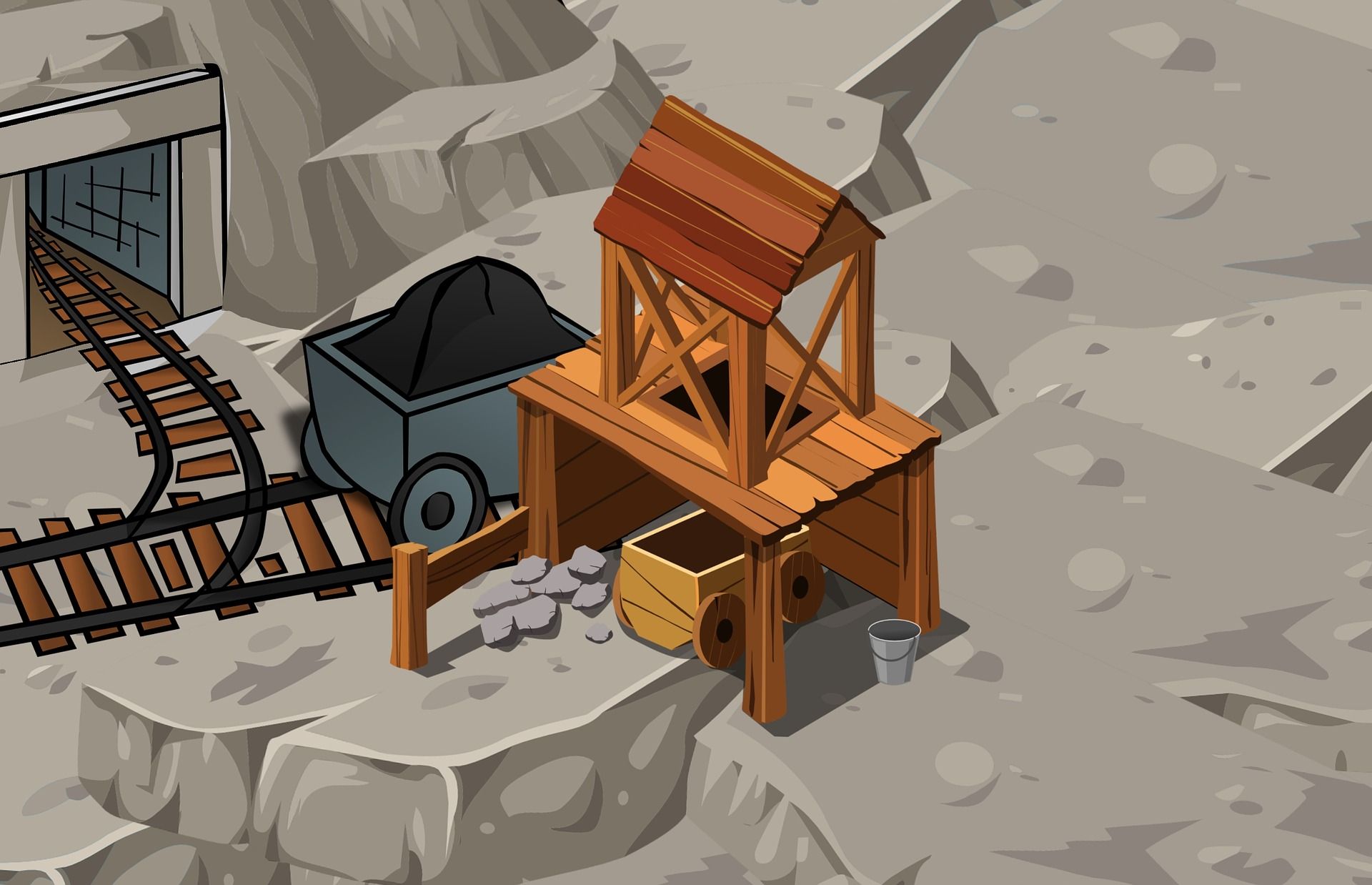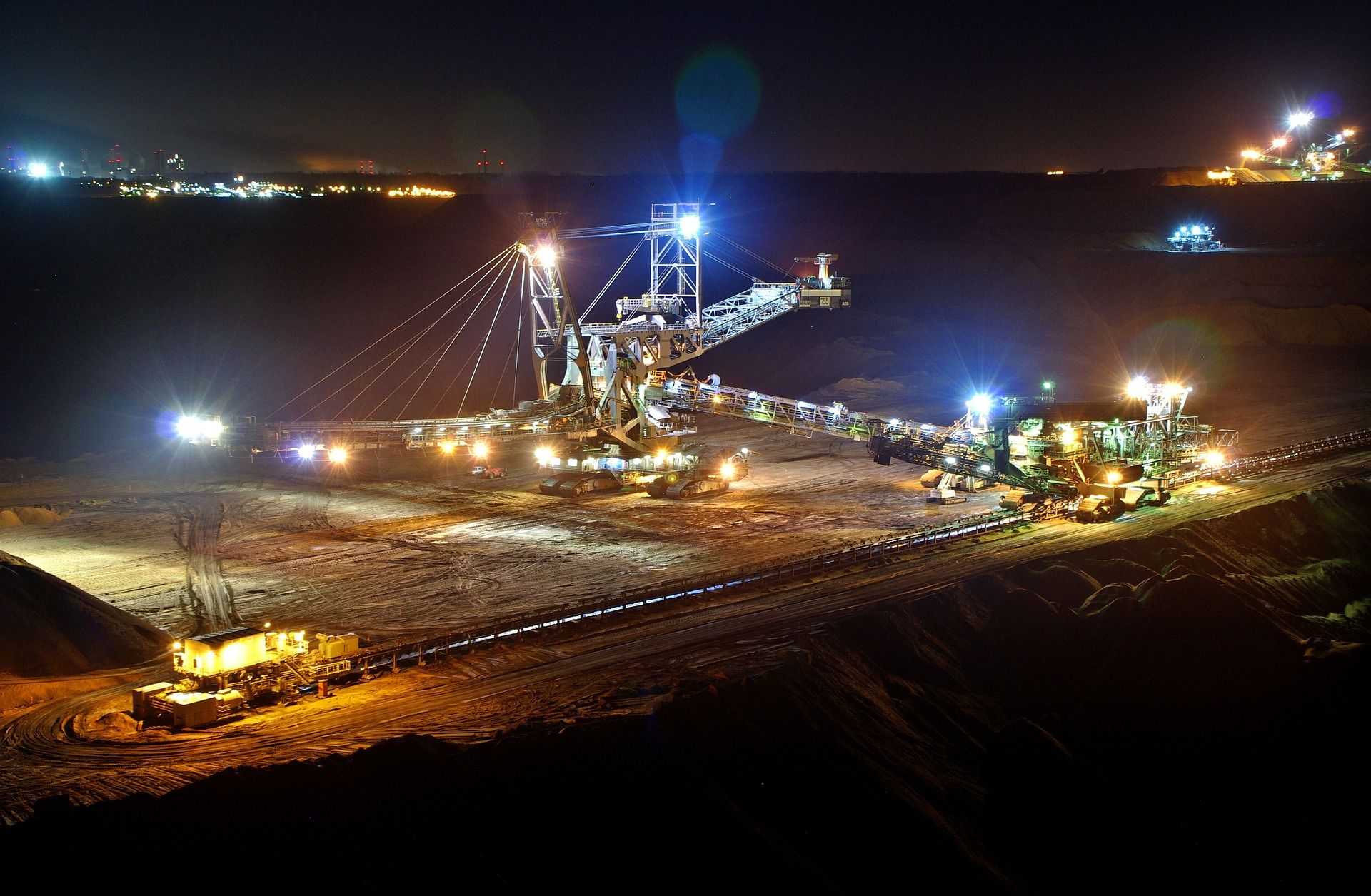Why Is The Mining Industry Important?
- Indian Mining Industry has been flourishing exceptionally since the introduction of the National Mining Policy (1993).
- India has been one of the major mineral producers globally and is endowed with a lot of natural mineral resources.
- India has vast reserves of iron ore, coal, bauxite, mica, manganese, and chromite among other minerals, and holds the fifth rank (globally) in terms of volume of mineral production.
- The mining industry is the main force for many other industries as it provides the raw materials.
- Out of the eighty-five minerals that India mines, most of them are used in fuel, automobile, construction, electricity industries.
- With the expansion of the automobile and construction sectors, the demand for raw materials has also increased thus boosting the Mining Industry.
- Let us take a look into the working of the Mining Industry in India.
Overview
- The Indian Mining Industry contributes 10-13% of the GDP (Gross Domestic Product).
- Indian Mineral Mining centres can be divided into government/public sector mines and Private sector (captive) mines.
- Government Sector mining activities contribute to 85% of the total value of mineral production and the private sector contributes 15%.
- Depending on the raw materials procured, the mining sector can be divided into fuel mineral mining, metallic mineral mining, and non-metallic mineral mining.
Fuel Mineral Mining
- Includes coal and lignite mining.
- It is controlled by the government/ public sector.
- India ranks 4th in the world in terms of the number of coal reserves and third in terms of coal and lignite production.
- India produced 729.10 million tonnes (MT) of coal in FY20.
- Indian states where coal is found are; Jharkhand, Chhattisgarh, Orissa, West Bengal, Maharashtra, Madhya Pradesh.

Metallic Mineral Mining
- Includes Iron Ore, Bauxite, copper, Lead, Zinc, manganese, etc. Handled by government and private agencies.
- These minerals are found in OC and UG mines and need strict regulations.
- Metallic mineral mines are located in Goa, Orissa, Chhattisgarh, Rajasthan, Jharkhand, Karnataka, and Tamil Nadu.
- In terms of global iron ore production, India ranks 4th. India is home to nearly 8% of the world’s iron ore reserves.
- The steel industry is heavily dependent on iron ore as a key raw material, in 2019 India became the second-largest crude steel producer in the world.
- The production of Aluminium, from bauxite, was 3.56 million tons for the financial year (FT) 20.
- For manganese, zinc, and aluminum production India holds the global rank of fifth, seventh, and eighth respectively.
Non-metallic Mining
- These minerals are mined in OC mines, this sector is largely dominated by the private mining sector.
- The most abundant minerals are limestone, dolomite, Magnesite, Baryte, Kaolin, Gypsum, Apatite, Phosphorite, Stealite, and Fluorite.
- Limestone is found in Gujarat, Madhya Pradesh, Andhra Pradesh, Tamil Nadu, and Chhattisgarh.
- The Government allows up to 100% FDI (Foreign Direct Investment) for both automatic and government routes.
- Under the automatic route, it is permissible for mining and exploration of metal and non-metal ores whereas under the government route the mining, exploration, and mineral separation of titanium bearing minerals are allowed.
- All of the information mentioned above regarding FDI in the mining sector comes under the Mines and Minerals (Development and Regulation) Act of 1957.
- The launching of the National Mineral Policy (2019) and introduction of Mineral Laws (Amendment) Bill 200 has paved the way towards more efficient regulation, transparency along with socio-economic growth and ease of doing business in the coal and mining sectors.
- There are many ambitions tied to the prosperity and success of the Indian Mining Industry and new opportunities in this sector will add to market capitalisation to boost the Indian Economy.

Mining Sub-Sectors
- The Indian Mining industry comprises several small and large scale service providers.
- The mining industry relies on a lot of small-scale mining activities.
- Some of the most popular mining services are-
- Equipment Services (Equipment Sales, Leasing, And Repairing)
- Transportation Services (Labour Transportation, Mineral Transportation)
- Drilling Services (Borehole Drilling)
- Mineral Exploration
- Recruitment Consulting
- Finance Consulting
- Project Counseling
- Equipment Testing
- Data Mining
- Waste Management Services
- Risk Assessment Services
- Power Supply
- Infrastructure, And Many More.
Taxes in the Mining Industry
- In India, private parties who have undertaken mining activities are required to pay taxes, royalties, and duties to the government.
- The royalty amount to be paid is determined by the federal government and collected by the state government.
- The royalty amount to be paid is charged on the ad valorem premise, it is a percentage of the price decided by the government.
- If a mine is closed or under-exploited the mining rights holder is liable to pay a dead rent fixed by the government.
- It is compulsory to make NMET and DMF contributions, the mining rights holder has to pay 2% of the royalty to NMET.
- Different states have their own tax requirements, here are a few principal taxes that are applicable in all states.
- Direct taxes (corporate), in-direct taxes (customs duty, service tax, value-added tax), stamp duty, water tax, forest tax, cess fines, etc.
In Conclusion
- The mining industry continues to provide lucrative business opportunities.
- As a result of rapid urbanisation, there is a growth in the number of private and public construction projects, this has led to an increased demand for raw materials from the mining industry, especially iron and steel.
- The Indian Government has various plans for the mining sector and plans to revive the Indian economy by delving into new coal mining projects.
- The commercial coal mining sector has seen many reforms and investments in the past five years.
- The mining industry provides a lot of job opportunities for both skilled and unskilled labour, it is a core growth sector.
- The National Mineral Policy (2019) is a harbinger of hope as it decreases the time it takes to get a mining permit but streamlining the paperwork and simplifying the process.

- The safety of mine works has always been a very huge issue in this industry, they must be provided with better protective gear and technology to navigate around the mines.
- We cannot talk about the mining industry without addressing environmental change and rapid mineral depletion.
- The government should ensure the protection of certain areas that are home to large forest covers essential for the maintenance of environmental balance.
- With a high Pollution Index (PI) of above 60, the Mining Industry is a red category sector.
- Robust policies aimed at protecting forests and eradicating illegal mining should be introduced.
Also Read:
- All about Manufacturing & how it takes place
- MSME – Industries that form a Foundation for a Robust Economy
- Businesses that boomed Globally this Pandemic
FAQs
Q1. What are OC and UG mines?
Ans: OC Mines are open-pit mines and UG mines are underground (hard-rock) mines.
Q2. What is lignite?
Ans: Lignite is also known as brown coal, it is considered to be the lowest quality of coal because of least heat content.
Q3. What is market capitalisation?
Ans: Market capitalisation is the total value of a company, this is the price at which you can buy all the outstanding shares of a company.
Q4. What is ad valorem?
Ans. Ad valorem means “according to value”, it refers to taxes based on the assessed value of an item.
Q5. What are NMET and DMF?
Ans: NMET is The National Mineral Exploration Trust and DMF is District Mineral Foundation. DMF is a non-profit organisation in all Indian states, it was set up for the benefit of the mineworkers.




![Series Funding [Types, How it works and More!]](https://okcredit-blog-images-prod.storage.googleapis.com/2021/02/seriesfunding1.jpg)
